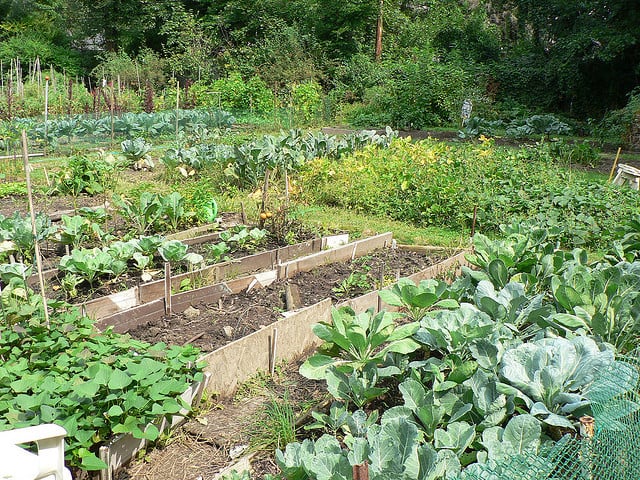Many people now live in food deserts, defined as areas with fast food available but little access to fresh, nutritious vegetables and fruit. In some places in the country, more than 10% of people have no car and no grocery store within a mile of their home.
These neighborhoods have convenience stores that sell donuts and soda, not produce. The health impact on people living in food deserts would be hard to overstate. People who don’t eat healthy foods struggle to live healthy lives.
A good diet is part of a balanced life. For optimal health, you must meet all of your body’s needs: Eat well, take a multivitamin and a probiotic food supplement to complement your diet, and support digestive health. Get regular exercise. Avoid excess sugar, caffeine, and alcohol. Reduce stress as much as you can, and get plenty of sleep.
Ensuring that you have the nutrients you need is an integral part of living a healthy, active life. Unfortunately, nutritious foods and outdoor activities are hard to come by for people living in a food desert.
Raising Produce in the City
Fortunately, there are realistic options for growing much-needed vegetables in an urban neighborhood.
- Community garden
Many cities have vacant lots that have been converted into community gardens. If you are fortunate enough to live within walking distance of one, sign up for a plot! Gardening alongside your neighbors is a great way to learn how to grow food. It’s an excellent opportunity for community building as well.
You’ll meet the people who live nearby. You’ll learn what plants thrive in your area, how to amend the soil, and how often to water. Even beginners can end up with so much produce at the end of a season that there will be plenty to can or freeze, share with family and friends, or trade with fellow gardeners for other crops.
- Rooftop raised beds
If your neighborhood doesn’t have a community garden plot available, perhaps you have an accessible rooftop? You need surprisingly little space for a rooftop garden. You can put together small raised beds with whatever materials are convenient. Cinder blocks, old bricks, or a few sticks of lumber and a tarp are all you need to hold your garden soil.
Keep the beds narrow enough for you to reach the middle from either side. The garden doesn’t need to be very deep for most vegetables; six inches is enough to grow annuals like lettuce, spinach, green beans, basil, and peppers.
- Container growing
Perhaps you don’t have access to the roof of your building, or maybe you want to grow plants that require more root space, such as carrots, beets, tomatoes, or potatoes. Container gardening is a good solution for either problem.
If you can’t get to the roof, all you need is a balcony and some buckets. Most vegetables can grow with as little as three or four hours of sunlight each day. If it’s deeper soil you need, use taller buckets. Potatoes can grow in a stack of old tires. Reusable grocery bags make excellent planters as well.
Be creative. All you need is something to hold the soil and allow excess water to drain or seep out. If you use a solid container like a plastic pail, you’ll want to drill holes in the bottom before filling it with dirt.
- Indoor farming
What do you do if you have no access to direct sunshine? Since LED lights have become so energy efficient, you can now grow crops indoors without driving your electric bill through the roof.
Regular LED strip lights will do the job. Hang them on a shelving unit or in a closet. Start your seeds in paper cups full of soil. Poke holes in the bottom of the cups and set them in a shallow tray to catch the excess water. Use the lights for 12-14 hours per day, keeping them just above the tops of the plants.
Transplant to larger containers and adjust lights as necessary.
No matter where you live, you should eat well. If your neighborhood is a food desert, make yourself an oasis there! You can achieve a better diet and live a healthier life, and you might have a whole lot of fun in the process.

